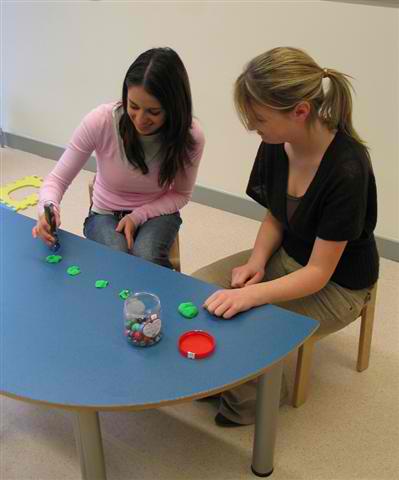Autism is a mental health condition that doesn’t always get diagnosed in adults. But it’s important to recognize when autism may be a factor in a client’s symptoms.
Often, autism can be treated with behavioral or occupational therapies. Some adults may also benefit from medications. These can be used to control co-occurring conditions, such as depression or anxiety.
Focusing on the person’s concerns and interests
During therapy, it’s important to explore the person’s concerns and interests. These may include interests that are related to their autism or those that they’re simply passionate about.
Special interests are very common in people with autism, and they can range from a particular topic to a specific object or collection. These passions can be very soothing to autistic adults because they provide an outlet for their emotions and can help them feel more self-aware and confident.
These interests can also be difficult to manage, but there are ways to engage with them without them causing issues or preventing a person from living their best life. Often, the person’s therapist will help them identify coping skills or accommodations that work for them.
Some autistic adults are also sensitive to sensory input, especially light, sound, and smell. Using tools such as earplugs or noise-canceling headphones can help them deal with these challenges and improve their quality of life.
Creating a safe environment
A safe environment is important for autism therapy. It creates a place where therapists can help the person learn new coping skills, develop relationships, and improve their social skills.
The therapist should consider the person’s unique needs and preferences to ensure they are comfortable with the treatment process. For example, a client may want to be able to control the lighting or noise in the room.
In addition, the environment should have clear separations and secure storage to make the room safe for a person with autism to work in. It should also be low-sensory-stimulus so that patients can concentrate without the distraction of loud noises and bright lights.
In addition, the therapist should consider the person’s mental health when designing the therapy space. For example, a client with anxiety may need to use calming techniques in the room.
Developing coping skills
For adults with autism, coping skills are important for managing stress. If they learn how to manage their emotions in everyday situations, they can be less likely to have a meltdown.
One way to develop coping skills is through talk therapy. A therapist can help the person with autism learn coping strategies to deal with stress and anxiety in their daily lives.
Another way to build coping skills is through social skills training. This is a type of group therapy where the person with autism can practice their social skills in a safe environment with other people with autism.
These types of groups also offer the opportunity to build positive relationships with others. In addition, they can be a good way for a person with autism to explore their interests and discover new ones that they might not have considered before.
Developing meaningful relationships
The ability to develop meaningful relationships is one of the most important aspects of therapy. A therapist can help an autistic person gain the skills they need to build healthy, satisfying relationships with their loved ones and community.
Many people with autism are afraid that they aren’t capable of forming strong, trusting relationships, but this is often false. An empathetic therapist can help an autistic person overcome their fear and build a deep and caring relationship.
In addition, a therapist can help an autistic person build confidence in their social skills. An autistic person may be uncomfortable speaking in front of others, but an empathetic therapist can help them to learn how to engage in social activities.
A therapist can also help an autistic person identify their interests and passions. These can be comforting to an autistic person because they provide a sense of self-acceptance and familiarity.




